Personal Luxury Cars: The Cadillac Eldorado
Posted on Aug 12, 2017 in Antique | Comments Off on Personal Luxury Cars: The Cadillac Eldorado
For almost 50 years, the Cadillac Eldorado was the epitome of the personal luxury car. Originally built as a show car to mark the anniversary of Cadillac, the Eldorado morphed first into the ultimate Cadillac model, then into a caricature of the 1970’s, and finally into a soulless car that reminded us more of what we lost, than it did of personal luxury.
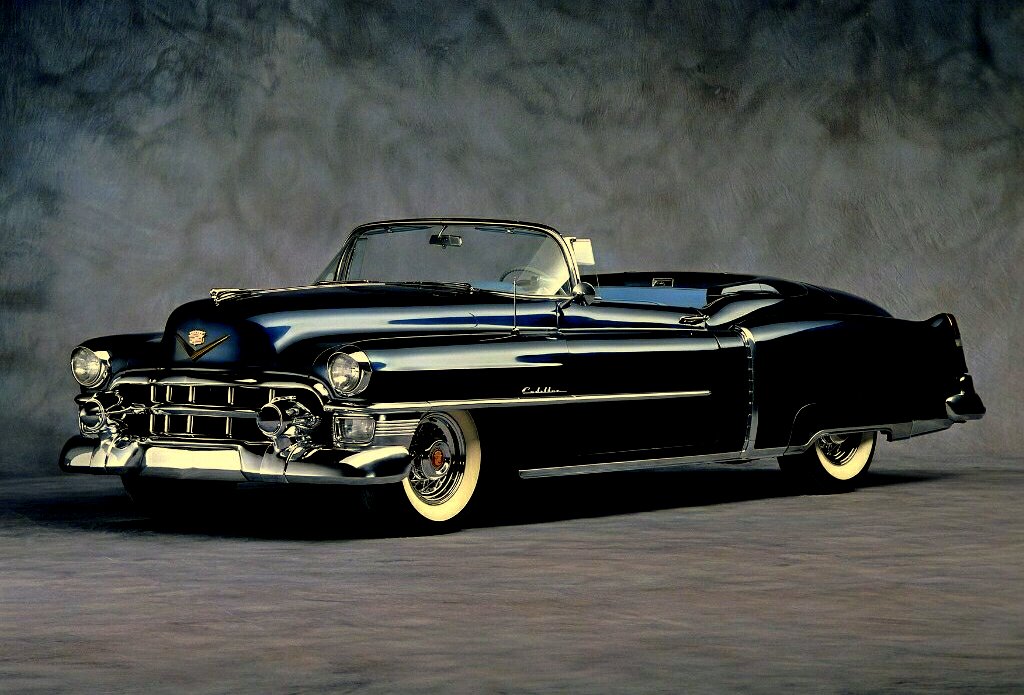
In 1953, only 532 Eldorado’s were made. It was rare, expensive, and a trend setter. Priced at over twice the value of the Series 62 car, the Eldorado immediately grabbed the title of the ultimate personal luxury car. With distinctive body panels, and styling cues by Harley Earl, it set the trend for all other American personal luxury cars. 1956 saw the addition of the coupe version, called the Eldorado Seville, and 1957 saw the penultimate Eldorado, called the Brougham. The Brougham was a four door hardtop with rear-hinged doors, a stainless steel roof, air suspension, and the first power memory seats. The car cost $13,074 dollars, which was more than a new Rolls-Royce Silver Cloud. It was the ultimate Cadillac, and even included a perfume atomizer of Arpege, Lanvin of Paris perfume, a dry bar setup with stainless cups, makeup kit, cigarette case, and writing tables. The car shown below is listed presently on eBay at a price of $160,000 dollars.
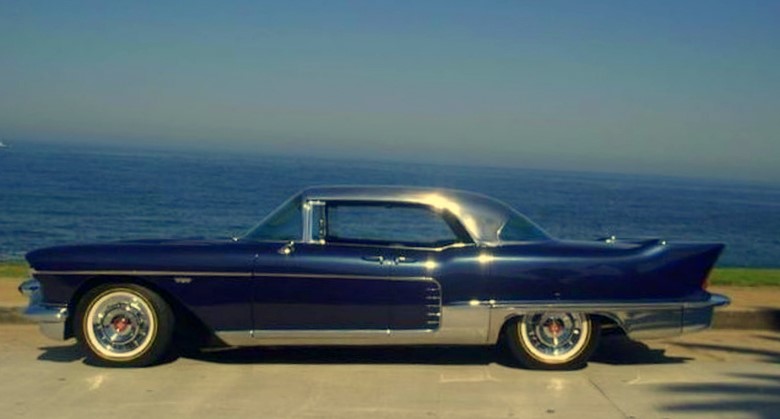
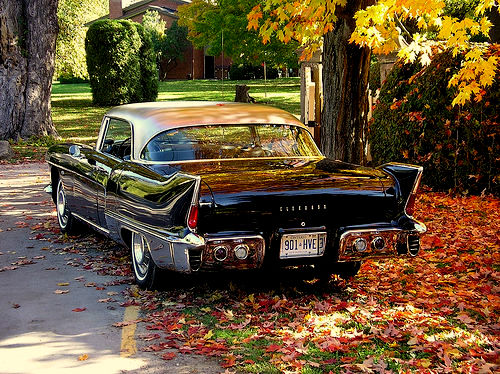
The 1960’s saw the Eldorado Seville disappear, and the convertible version assembled by Pininfarina of Italy. GM and Pininfarina had a long relationship, but the cars eventually suffered in build quality. Otherwise the Eldorado was simply fancier versions of standard Cadillacs that used trim usually reserved for the Fleetwood Sixty Special. During the earlier parts of the decade, rooflines were more squared off than other Cadillacs, but eventually the differences became less and less. By 1964, the only difference between a standard Cadillac and an Eldorado was the missing fender skirts.

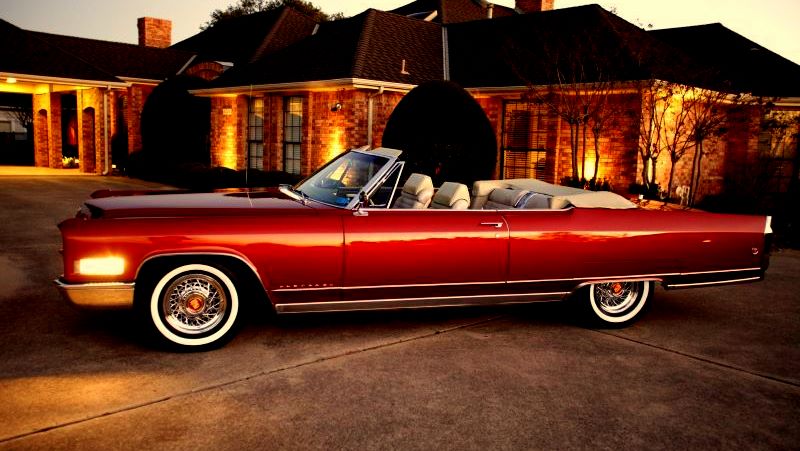
1967 marked a milestone in the evolution of the Eldorado. General Motors styling chief Bill Mitchell penned the new front-wheel drive E-body “personal” Cadillac. Crisp styling, a smaller wheelbase, and better performance brought the Eldorado in the present day, though GM sacrificed the convertible for the new design. Sales grew to give Cadillac their best year ever, despite the car’s high list price. By 1970, the car had a 500hp engine, lost its hidden headlights, and grew a “halo” vinyl roof.

General Motors redesigned the Eldorado again in 1971, and added a convertible. The new model regained its length, fender skirts, and big car feel. This Eldorado reflected the attitude of luxury car buyers of the decade, with padded halo vinyl roofs, opera windows and pillowed velour seating. The new body would stay in production until 1979, making it the largest Cadillac available after the 1977 downsizing. In 1976, Detroit stopped building convertibles, and the Eldorado was “The Last American Convertible.”
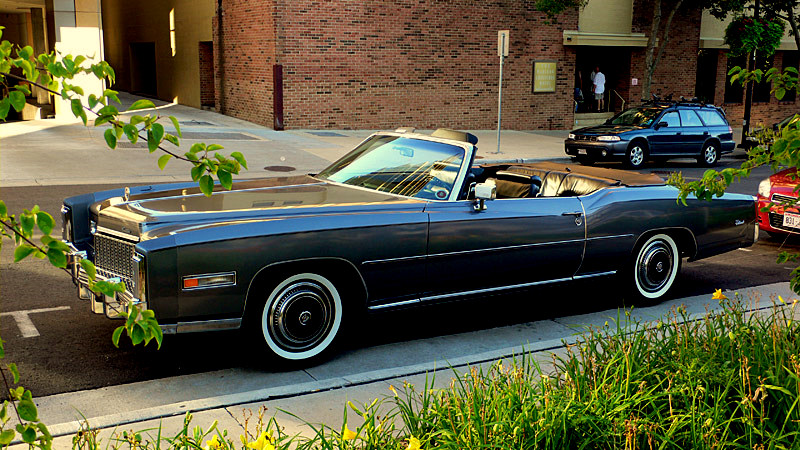

By 1979 there was the need for another redesign of the Eldorado. Most other car models had already been downsized, and the Eldorado was starting to look ridiculous by comparison. In fact, during the 70’s the car was a favorite of the “Superfly” customizers, and the mere sight of the Eldorado started to make people laugh. The new body was smaller and more angular, with an extreme notchback roof design. The 1957 Brougham stainless steel roof was resurrected for this body, as was the Biarritz name. The car also had a new HT-4100 engine, that turned out to be terrible. Sales were excellent, in spite of the faults, and the new style sold over 100,000 units by 1984. Cadillac also reintroduced the convertible in 1984, much to the horror of those that bought and hid away the 1976 “Last American Convertible.” They expected to cash in on the cars value, and even unsuccessfully sued GM.

By the mid 1980’s things were starting to go wrong for Detroit. The Eldorado was downsized again, losing 16 inches off the length, most of its style and class, and all of its personal luxury car cachet. Detroit had been told to prepare for high gasoline prices, and drastically slashed at their luxury cars, only to see gas prices fall. Sales dropped by 60%, and it was the one of the worst failures for any model. For buyers that were used to large luxury cars, the tiny compact sized Eldorado made no sense. Finally a redesign in 1988 attempted to regain some of the lost Eldorado look, and sales improved slightly.

The end of the Eldorado came in 2003, with hardly a whimper. Sales of the redesigned 1990’s version never regained popularity, and the new cars were never “luxury.” Today, only the early models, the Brougham, and the “Last American Convertibles” are seen as collectible. Like a Hollywood screen star, the Eldorado reached the height of fame and popularity, only to fade away into obscurity. The Cadillac Eldorado remains the ultimate example of a “personal luxury car,” and the automotive equivalent of the Newport, Rhode Island “Gilded Age” mansion.
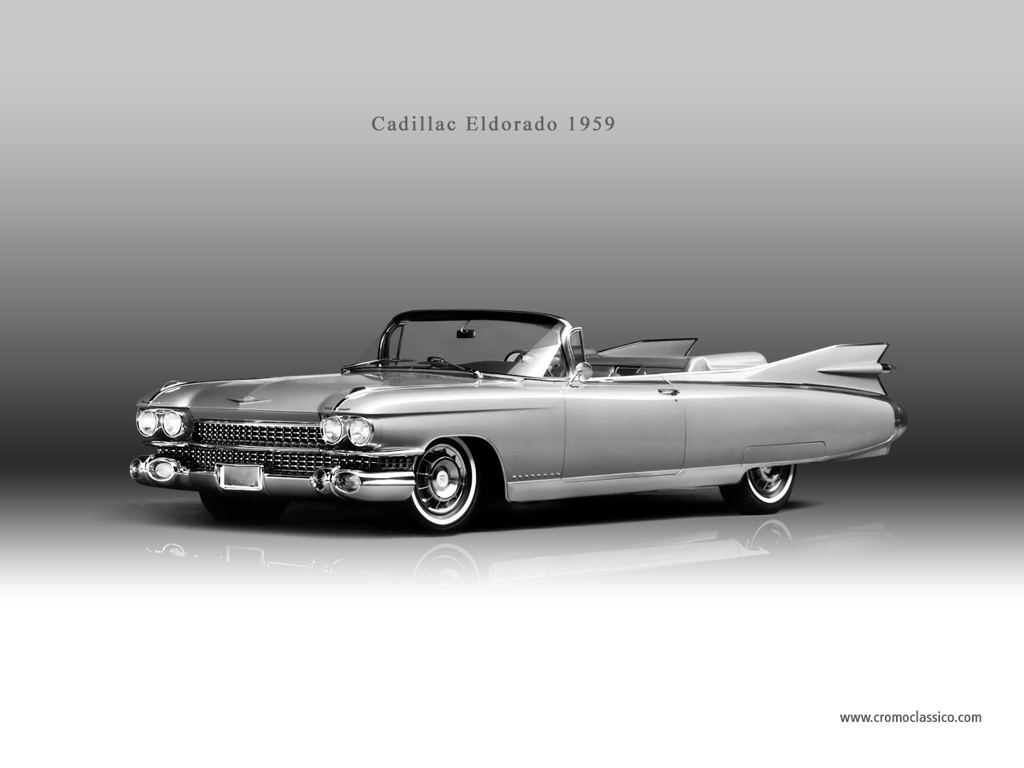





.gif)

